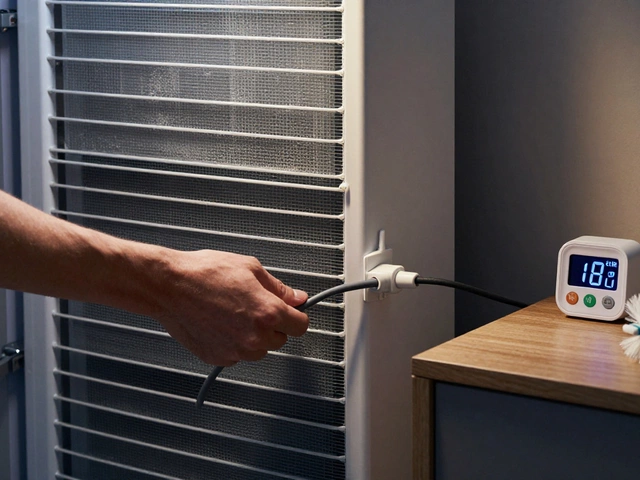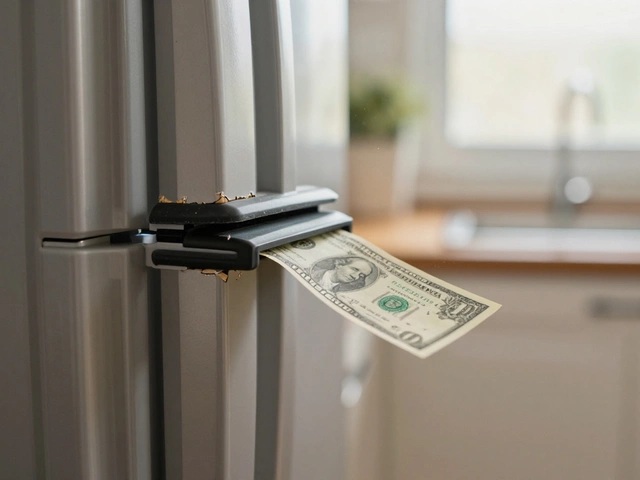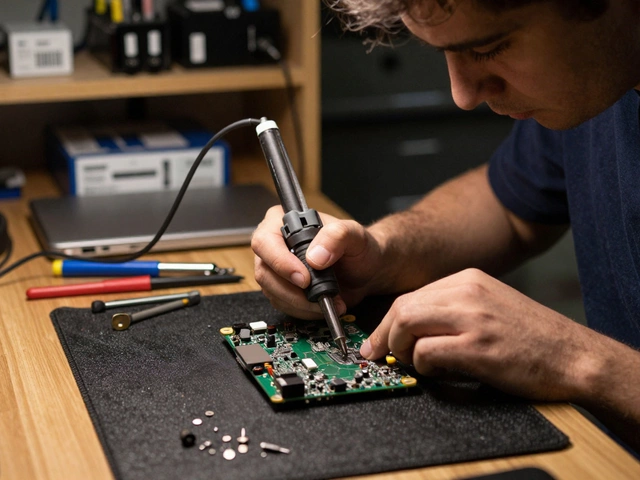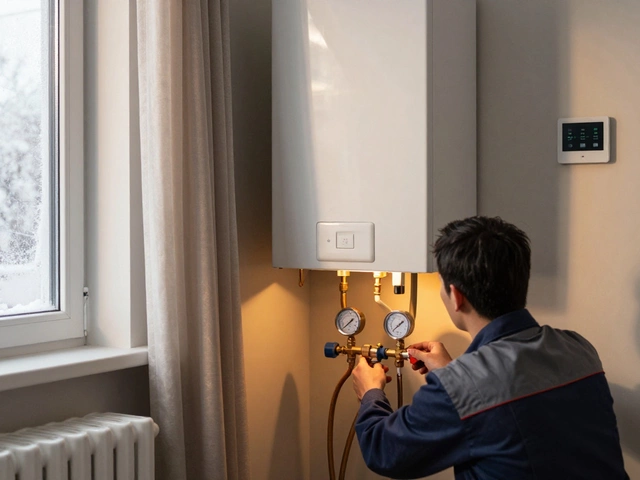Broken Fridge Signs: Spot the Trouble Early
Notice your fridge not keeping food cold? It could be more than a minor hiccup. Spotting the warning signs early saves money and stops food from spoiling. Below we break down the most common clues that tell you your fridge is on the brink of a breakdown.
What the Warning Signs Look Like
1. Warm or uneven shelves. If the bottom drawer feels room‑temperature while the freezer stays frosty, the cooling cycle is off. This often means a blocked coil or a failing thermostat.
2. Frost build‑up in the freezer. A thick layer of ice signals the defrost timer isn’t working. Too much frost forces the compressor to work harder and can cause a larger failure.
3. Loud humming or clicking. Normal compressors hum gently. A loud bang, click, or constant cycling means the motor is struggling or the start relay is bad.
4. Water pooling inside. Leaking water is usually a clogged drain or a broken door seal. If left unchecked, it can cause rust and electrical issues.
5. Weird smells. A sour or musty odor often points to a clogged evaporator coil or a hidden spill. Bad smells can spread to other foods and make the whole fridge unsafe.
What to Do When Your Fridge Shows These Signs
First, unplug the fridge for a few minutes. This resets the electronics and can clear minor glitches. Then, check the door gasket – a simple wipe‑down or a quick replacement can fix cooling loss.
If you see frost, scrape it gently (don’t use metal tools) and clean the drain hole with a pipe cleaner. A clogged drain is a common fix that many DIY folks handle without a pro.
For loud noises or constant cycling, listen to the compressor. If it sounds like a squeal or it never stops, it’s time to call a qualified technician. Trying to open the sealed system yourself is dangerous and can void warranties.
When water pools, pull out the back panel and look for a blocked drain tube. If the tube is clogged, a mix of warm water and a bit of baking soda usually clears it.
Finally, if the fridge still isn’t cooling after these steps, schedule a repair. A professional can test the refrigerant level, replace a faulty thermostat, or repair the compressor. Early intervention often means a cheaper fix and a longer fridge life.
Keeping an eye on these signs helps you act before a small issue turns into a costly replacement. Trust your instincts—if something feels off, investigate it. Your food, wallet, and peace of mind will thank you.
Know When Your Fridge Compressor is Toast
- Alden Wilder
- Apr 16 2025
- 0 Comments
Is your fridge acting up, and the idea of spoiled food starts haunting your dreams? Understanding when a fridge compressor bites the dust can save you a lot of hassle. This article covers the telltale signs and offers practical advice for troubleshooting and potential fixes. It's like having a handy fridge whisperer for when things go south.
View More




